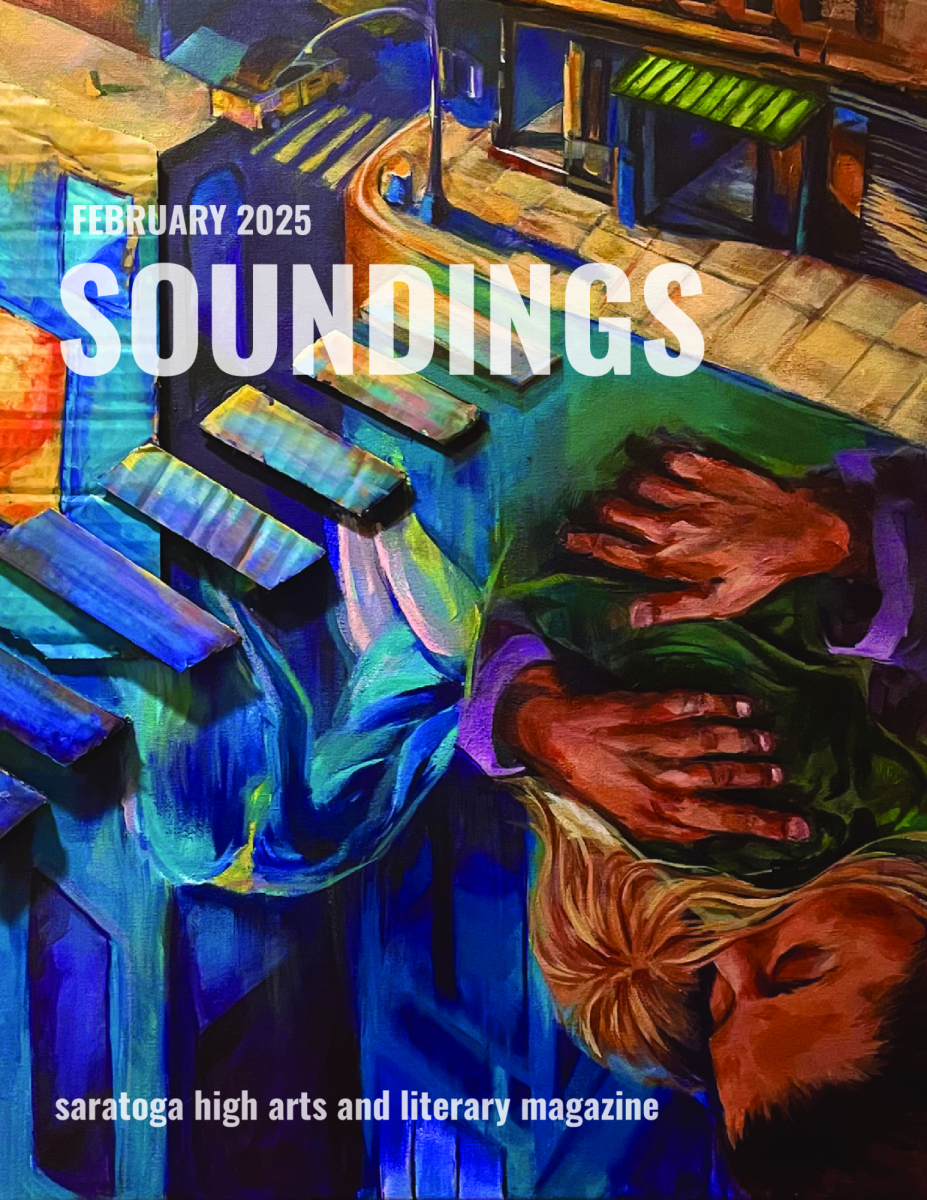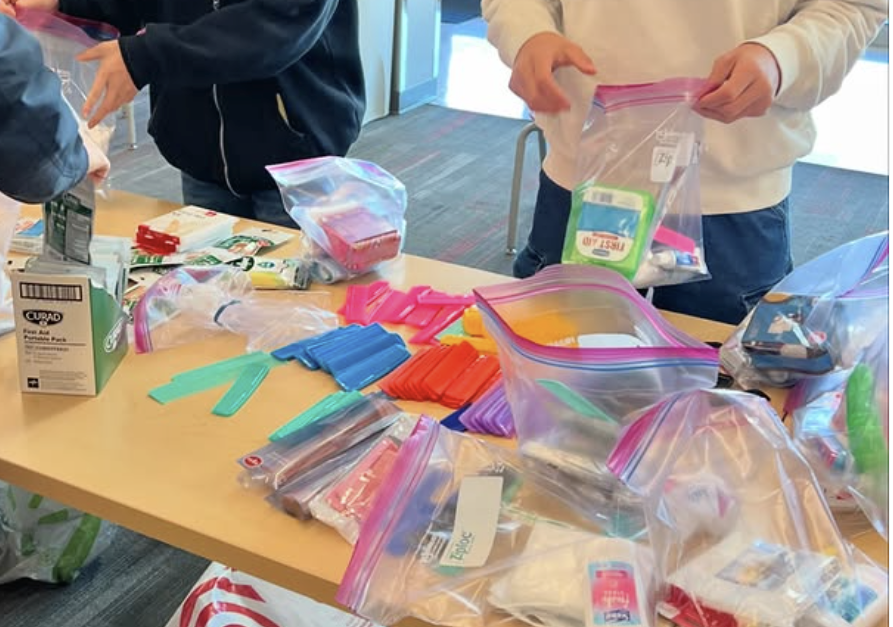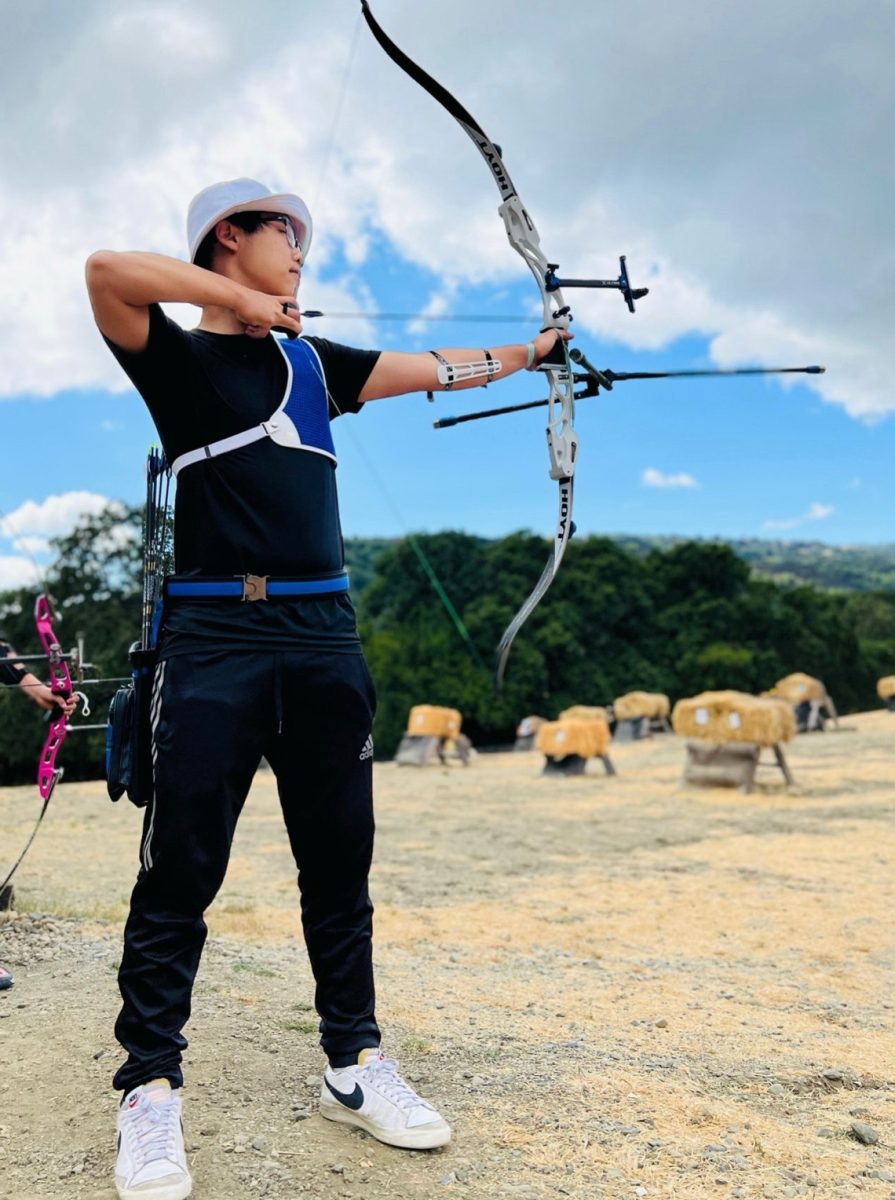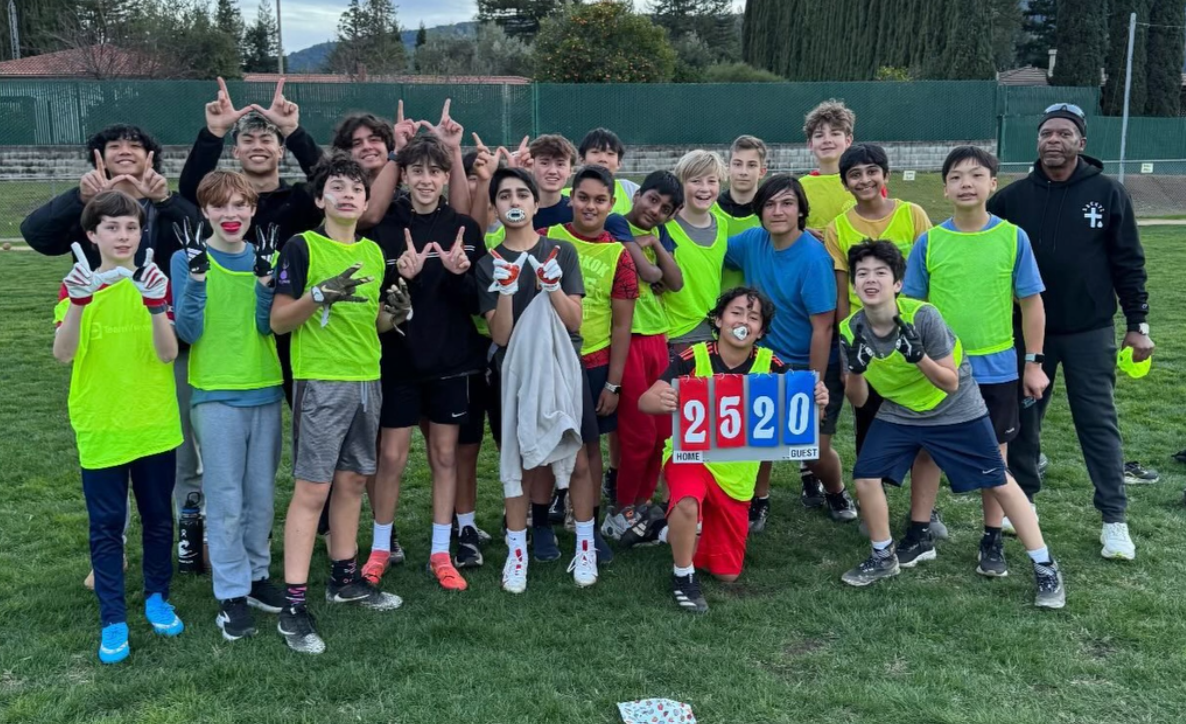At the end of the 16th century, bows and arrows became obsolete in battle, quickly replaced by the use of firearms.
However, archery has made a comeback: not anymore as a weapon of war, but as one of the fastest-growing sports in the USA.
As of 2020, 17.6 million Americans practice archery. National archery organizations such as USA Archery saw record membership growth in 2021.
The rapid growth of archery in the past few decades can be attributed to a variety of factors, primarily the prevalence of the sport in mainstream media. Popular movies like “The Hunger Games” franchise and the animated feature “Brave” brought archery more widespread attention, alongside the rise of social media, where trend-setting Olympic archers like An San of South Korea, Valentina Acosta Giraldo of Colombia (with 1.4 million Instagram followers) and more share their experiences and accomplishments with a wide audience.
In particular, Olympic sports coverage was a significant contributor to its newfound popularity. The sport first became a part of the Olympics in the year 1900, but the 2020 and 2024 Olympic Games brought archery worldwide coverage. In 2021, Archery was rated the seventh most popular Olympic sport on social media worldwide, jumping 12 places in a single year.
Significantly, archery is now also found all across the U.S. in the form of school programs. Archery units as a part of P.E. can be found in over 8,500 schools worldwide as a part of the National Archery In The Schools Program (NASP). These programs range for all ages from K-12, and are spread out across the country, including at Redwood Middle School — where the sport has been a part of the PE curriculum for over 25 years.
“The inclusion of archery in school PE classes is fantastic,” Redwood PE Teacher Elijas Long, who has been teaching archery for the past 20 years, told The Falcon. “It gives students a completely different activity to look forward to and experience. It’s not an activity that everyone gets the opportunity to engage in, so it’s kind of a special thing.”
According to Long, learning archery is not only rewarding for the student but also for the teacher. Students eagerly anticipate the unit each year and put in effort into studying the parts of the equipment and the safety procedures required to begin shooting. Their first experiences hitting the target can be incredibly satisfying, and it’s rewarding for teachers to see their students collaborate, score arrows for one another, give advice on technique and improve.
To add more enjoyment for students, teachers also incorporate other aspects to the program. These include awards that are handed out to the top archers, creating and drawing personal target faces, and on the final day, shooting at various types of targets: balloons, pumpkins, watermelons, pineapples and dollar bills on bullseyes.
This introduction of archery to school curriculums has also led to a significant growth in collegiate archery opportunities. As of the 2022-23 school year, there were 78 colleges with archery programs, around a third of them offering scholarships for participation.
Despite common misconceptions about the danger of archery, it has one of the lowest injury rates out of all sports. According to the National Safety Council, archery is more than three times safer than golf, causing less than one injury per 2,000 participants. More popular sports such as soccer, baseball and basketball have injury rates 20 to 45 times higher.
“Students learn very important skills of focus, calm, concentration, responsibility, making adjustments, and independence,” Long said. “These are skills that are needed to hit your target goals in life, not just in the sport of archery. It’s good practice for those skills.”



























